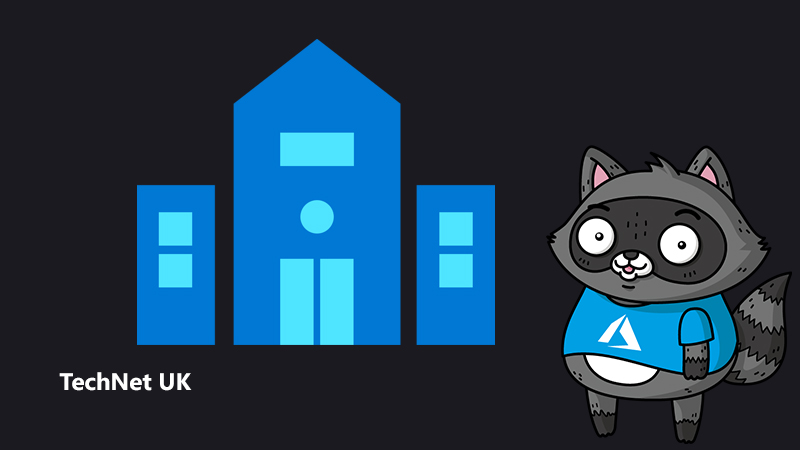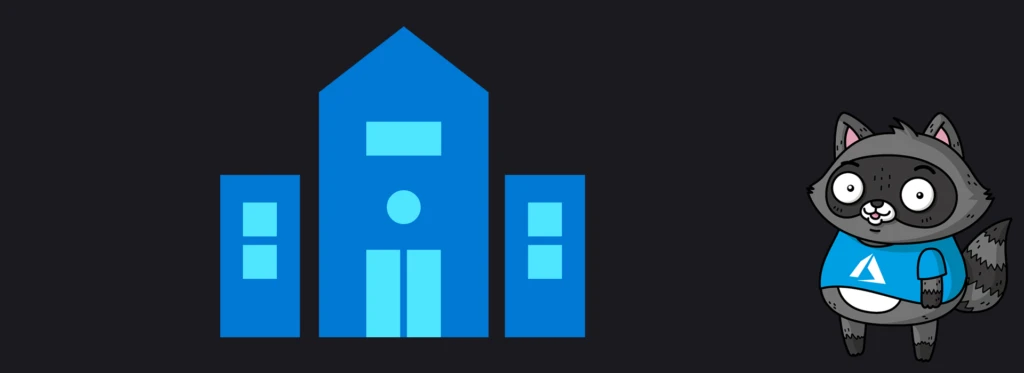
MVP Spotlight: Azure for developers with John Kilmister

Welcome to our MVP Spotlight series! We’re showcasing some of the wonderful people in our MVP program about their areas of expertise, so that we can learn more about how they got started and their recommendations for others doing the same. We’ll also point you towards the resources they’ve worked on, whether it be articles, videos or podcasts, to help you level-up your own skills.
Meet John, Azure MVP
 This time I caught up with John Kilmister, where I asked him about his personal dev journey, and how other developers can improve their Azure skills.
This time I caught up with John Kilmister, where I asked him about his personal dev journey, and how other developers can improve their Azure skills.
Chris: Introduce yourself!
John: I’m John Kilmister, an Azure MVP, software engineer, software architect, blogger and speaker. I always find it hard to explain my niche area but if anything, it’s focused on how software developers can use the Azure platform.
In my day job I work as a principal software architect on a SaaS product, as part of a team of software architects at a large international company. I help develop roadmaps for our codebase, help improve developer experience, analyse tools/options and input into the general direction of code in the product. Everything we build is in C# hosted on Azure.
I became an Azure MVP last year and it has been great to meet more people in the community.
C: How did you get into cloud and Azure?
J: I have always had an interest in computing – my dad was into electronics and fixed TVs and VCRs, so when computers came they were around the house and I often found myself helping fix them. After school I initially took business studies, then on to a degree in Business Information Management Systems, which would be useful later for working with business colleagues, with a placement year doing both hardware and software. Later I learned the computer science bits I missed through self-study.
After leaving university I decided to become a programmer and got my first full-time job converting VB6 to .NET 1.1 in a waterfall 2-year-long project, then supporting it for the next 5 years. After this, I went to work for an international online retailer where I learnt a lot about e-commerce, agile development, internationalisation and scale.
Following this in 2015, I helped set up a development team at the UK’s largest chain of gyms. Over the next 7 years I held many roles in the team, doing everything from initial website builds using continuous delivery on Azure, Xamarin development (it’s amazing to see people on the bus using your app!) to team design. We chose Azure and PaaS to cope with unexpected loads, and this is how I started my Azure journey all those years ago.
C: We recently saw you participate in the 2022 Festive Tech Calendar – what drives you to give back to the community?
J: I love learning things and then sharing that with others. This is something I have done many times in my workplace and continue to do.
A few years back I started to write my blog for a number of reasons; firstly as a way to improve my writing, but also to give me a reason to learn something new and in-depth. By writing and sharing it with others, I check the details and consequently discover more things. But the most important thing is to share with others and give back.
My posts have been focused on Azure with a developer twist to them, looking at how we can use PaaS or Serverless with C# or JavaScript. I like going deep on topics when I find the time, like How to Separate Production, Test and Development Resources in Azure and Azure Custom Roles Following Least Privilege Best Practices, and it’s also great to get feedback and learn even more from others.
I had done a few lightning talks at local .NET user groups over the years, but it wasn’t until I was approached to repeat a session at a different user group that I really started doing them frequently. When lockdown came and many groups moved online, I had the opportunity to perform talks to many people all over the world. It built from there, and I have now spoken in person at different groups and online.
In the near-future, I am planning to write talks on “Unlocking the Potential of Azure Blob Storage: A Guide to the lesser-known Features” and “Azure for C# Developers: A Hands-On Guide” this year. You can track my upcoming talks on my website.
I have also been involved with Bit Project for the last 2 years mentoring students, which has been great for getting more people into the industry by sharing my experiences. I have also worked with a local university and had the chance to talk about the industry with others, as well as been on podcasts about my tech journey.
I have dyslexia, though I have found ways to work around this. I also try to find hobbies and other activities beyond the code.
C: You mention you’ve found ways to work around your dyslexia – if you’re comfortable sharing them, could you talk a bit about it?
J: Dyslexia affects up to 1 in 5 people. For each person it’s different, but for me it causes challenges mainly with spelling and reading. I will often read text and the words don’t make sense, reading it again and again and they still say the same thing, but eventually I’ll be able to see that it says something completely different. On the positive side, it’s now thought that the genetic changes that cause Dyslexia also provide strengths through different approaches to problem-solving, communication skills and creative activities, something that I feel I can relate to.
I was first diagnosed while at university, at the time when I probably did the most reading and writing I would ever do. Luckily the world of work is different and as I started as a programmer, there was less need to write longer documents. As I progressed to more senior roles I have written more but I have found support from colleagues and techniques to help.
If I read my own work, I find that I struggle to read what is on the page and instead read what I thought was written. Therefore when I’m writing long documents or blog posts, I tend to use the voice-to-text features in Word, edit the document and then use the read-aloud features to read it back to me. I also ask others to read over my work and suggest edits, which not only helps with spelling but with the document as a whole.
While coding, spelling mistakes can typically be spotted in pull requests or corrected after the fact, but there are times when this is not the case. I have previously misspelt database columns and public API endpoints that others have had to live with for years after. To avoid this I now use a spell-check plugin for Visual Studio and for Visual Studio Code, and it’s great to see this is soon going to be built into Visual Studio without the need for a plugin.
I started my career learning how to code from books, and I feel that they are still really important even though they’ve been a struggle for me. Today I often use audiobooks to help, listening to them in full or in some cases, where the books have technical diagrams and visual elements, I will have both an audiobook and a hard copy together.
As with everything in my life I continually attempt to keep learning. Recently I have become aware of the Made by Dyslexia campaign supported by a wide range of successful people who have dyslexia. They share inspiring stories and techniques.
C: Do you have any tips for people starting out with Azure?
J: With hundreds of services in Azure it can be overwhelming, but luckily there is no need to learn about them all. If you are starting out on your cloud journey it’s worth understanding the options between IaaS, PaaS, and Serverless, and initially focusing on the one that suits your needs. A great way to begin is with the AZ-900 MS learn module.
One of the first things I would always suggest everyone does is set up budget alerts. The cloud is excellent with consumption pricing, but early on when experimenting with a new cloud provider or service for the first time, it’s easy to accidentally leave something on and spend more than you had expected.
There are, however, so many ways to get started with Azure for no cost. If you have a Visual Studio subscription you can enable the monthly free credit – I often use this to try things out away from other systems. There’s also the Azure student offer, as well as the generous free tier for many services have.
If you are looking for interesting developer projects to get started on, serverless Azure Functions are easy to learn and work with a wide range of languages – from C# and PowerShell through to Python and Java. Cognitive Services also offer opportunities for lots of interesting and creative project ideas.
John’s Azure content
Fortunately for us, John has written tons of content on Azure and other technologies, so it’s a great way to learn about something new. Check out our curated selection of articles below, but be sure to visit his website for a more comprehensive list of everything that is available.
Articles
- Azure Blob Storage and Life Cycle Management
- Prompting Developers to Install Recommended Azure Tools
- An Introduction to Running and Deploying Backstage on Azure
- Two Approaches of Dynamically Generating Images with Azure Functions
- How to Separate Production, Test and Development Resources in Azure
- Getting Started with Serverless SignalR and Azure Functions
- 6 Sample SQL Databases for your Next Azure Project
- The Exam Journey to Microsoft Certified Azure Solution Architect
- My Top 10 Visual Studio Code Extensions for 2022
- 51 Links and Resources for Technical Teams, Developers, Managers and Architects
Videos
You can find John on Twitter, GitHub, LinkedIn and Stack Overflow.




